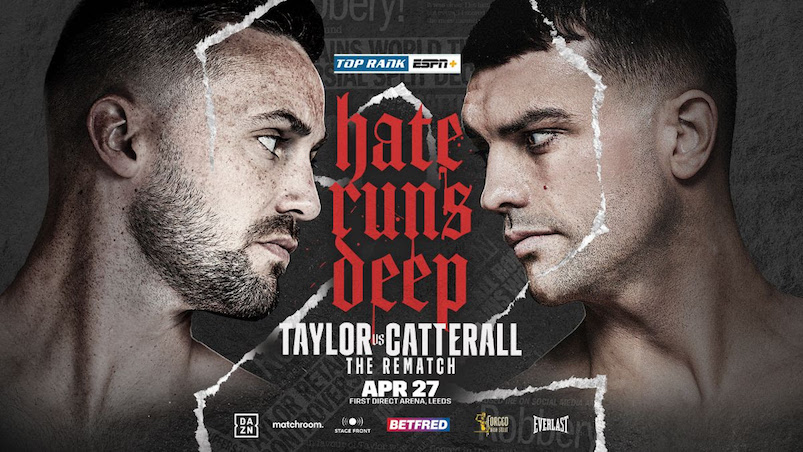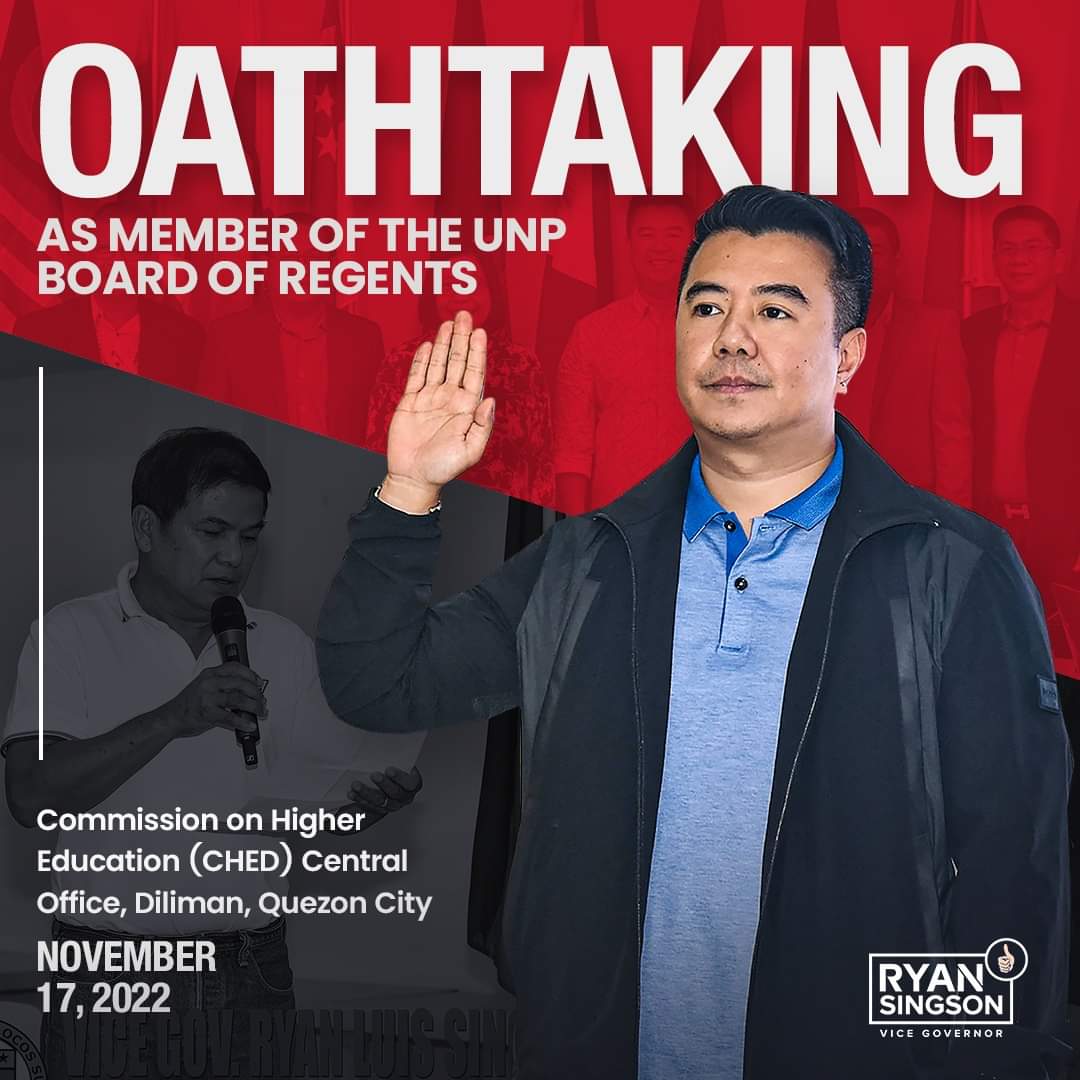To borrow from a sports cliché, life is a game of inches.
In the case of TERENCE CRAWFORD, who currently stands on the horizon of boxing fame, his existence is a result of winning a game of millimeters. Think of it as survival by the margin of the tip of your fingernail.
It was a September night in 2008 in Omaha, Neb., where Crawford lives. He was about to turn 21. Life was good. He had just won his fourth fight as a pro a month earlier. It was at the Johnson County Fairgrounds in Iowa City. Not exactly Madison Square Garden or the MGM in Las Vegas, but you have to start somewhere when you have your eyes on world titles and big stages in the 140-pound division. In a couple of weeks, he would fight on ESPN. Hundreds already knew who he was; now thousands, maybe millions would.
He should have been training that night. He admits that now. But when you are 21 and come from the hard streets of Omaha, or any other sizable city, you hang out with your boys.
So there he was, shooting dice under a street light. And winning.
The game went on, but Crawford saw a good exit moment. Take the money and run. It was the smart thing. The thing that turned out not to be smart was counting it first.
Crawford has told the story so many times that he no longer wants any part of it, even as the media descends on him in advance of Saturday night’s 140-pound WBC, WBO title unification fight against Victor Postol of Kiev, Ukraine, at the MGM Grand.
“I’m burned out talking about it,” Crawford says.
Nevertheless, what happened that night eight years ago on that street corner in Omaha, under that street light, will remain part of the lore of the now 28-year-old, undefeated star-in-the-making. There is no switching it off.
Crawford took his wad of cash, sat down in the driver’s seat of his 1986 Pontiac Cutlass Supreme and, instead of turning the ignition key and stepping on the accelerator, started counting his stash. He was easy to see in the car. He was parked under the same street light that had lit the dice game, a game which continued after he decided to leave.
He remembers all too well what happened next.
“I was counting,” he says. “…$20, $40….then, POW!”
He had been shot through the rear window of his car. The bullet, from a 9-millimeter gun, hit him in the right side of his head, just below his ear and above his neck. The shooter hadn’t been aiming at him, but at somebody in the group with whom he had been playing dice.
“I got hit,” Crawford says, “and so did one other guy. His arm was shattered and he still has to walk around like this.” Crawford illustrates, putting his arm against his chest, in a sling position.
The bullet didn’t lodge in Crawford’s head. But it did its damage -- deep wound and lots of blood -- and they found the shell casing later. Had the bullet not changed course ever so slightly as it went through the back window, it would have hit more directly, penetrated deeply and done enough damage to, most likely, be fatal.
Ah, but for that silly little millimeter.
Put yourself in this situation and ponder what you would have done. Speculate on your fear, your panic, your lack of cogent thought. Crawford drove himself to the hospital, calling both his mother, Deborah, and his trainer, Brian McIntyre, en route. It was nuts, as McIntyre readily attests to: Hi, how ya doing? I just got shot in the head.
“I had two immediate reactions,” McIntyre says. “My first was…(fill in your favorite cuss word. They all work). Then, I thought, why are you talking to me if you just got shot in the head?”
After sitting in a hospital emergency room with the usual chaos flying around him -- “One woman was just out, unconscious; a guy came in with his face bashed in from a baseball bat, and I’m sitting there all bloody and they are telling me they will get to me as soon as they can but that I was in no danger and the others were,” Crawford says -- he got stitched up and left, five hours later, with Deborah and McIntyre.
“He tells me he wants to go ahead with the ESPN fight in a couple of weeks,” McIntyre says. “I tell him he’s crazy, that that’s not going to happen.”
A short time later, Crawford’s son was born. That further helped him come to his senses. Nights out, running with the neighborhood boys, would be no more. Boxing was his way out, his way to a better and safer life. On Nov. 8, 2008, Crawford was back in the ring for career-bout No. 5, fighting and knocking out Michael Williams in the Valencia Ballroom in York, Pa.
The next 23 fights would bring the same results, as well as 20 knockouts and lots better venues. Saturday night’s battle with a lethal Postol could put Crawford well in the current forefront of boxing’s stars, especially if he wins impressively and is granted, by promoter Bob Arum and Top Rank, a shot at Manny Pacquiao in Pacquiao’s comeback fight.
But oh, how close that was to never being possible.
McIntyre says the bullet wound changed everything for Crawford, all in the right direction. It was, clearly, the ultimate dose of perspective.
We ask two last questions of Crawford: Did you find out who the shooter was? And was he caught?
The answers come in order of questions. First, a nod. Next, a shake of the head. Then, quick and chilling elaboration.
“The shooter is dead,” Crawford says. “He got shot in the head.”
-AP
© http://www.toprank.com/





